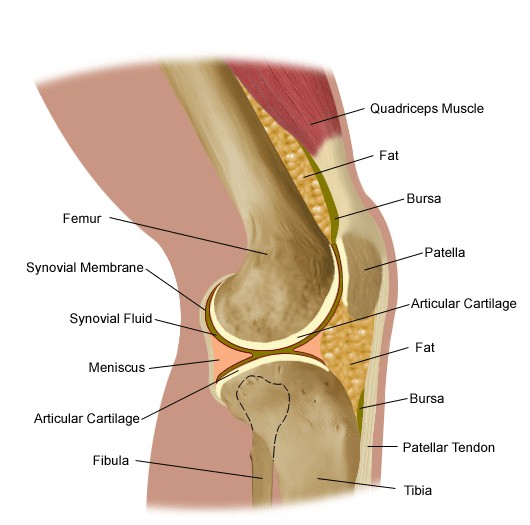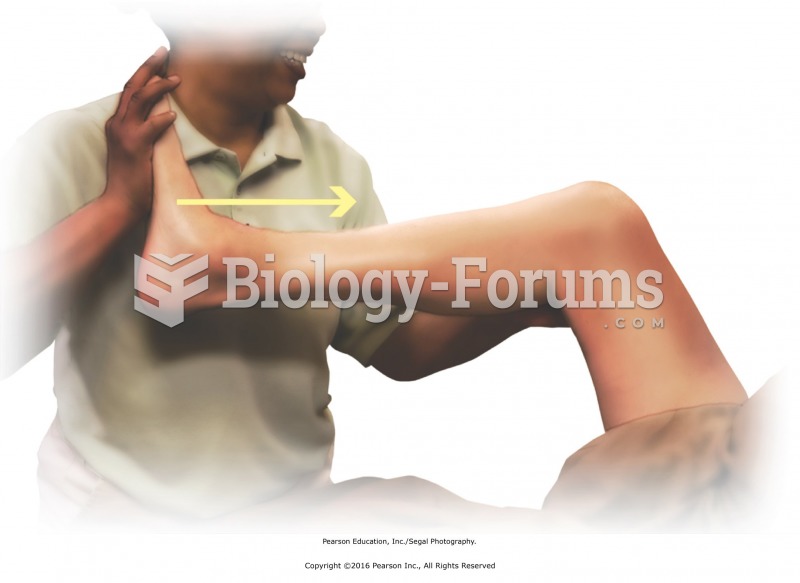|
|
|
Vampire bats have a natural anticoagulant in their saliva that permits continuous bleeding after they painlessly open a wound with their incisors. This capillary blood does not cause any significant blood loss to their victims.
Blastomycosis is often misdiagnosed, resulting in tragic outcomes. It is caused by a fungus living in moist soil, in wooded areas of the United States and Canada. If inhaled, the fungus can cause mild breathing problems that may worsen and cause serious illness and even death.
The ratio of hydrogen atoms to oxygen in water (H2O) is 2:1.
Approximately 25% of all reported medication errors result from some kind of name confusion.
More than 30% of American adults, and about 12% of children utilize health care approaches that were developed outside of conventional medicine.
 Forest fragments left by clear-cutting forest from the surrounding landscape have very different phy
Forest fragments left by clear-cutting forest from the surrounding landscape have very different phy
 Apply knee to chest stretch for posterior hip and leg muscles. Facing the table directly, place one ...
Apply knee to chest stretch for posterior hip and leg muscles. Facing the table directly, place one ...




